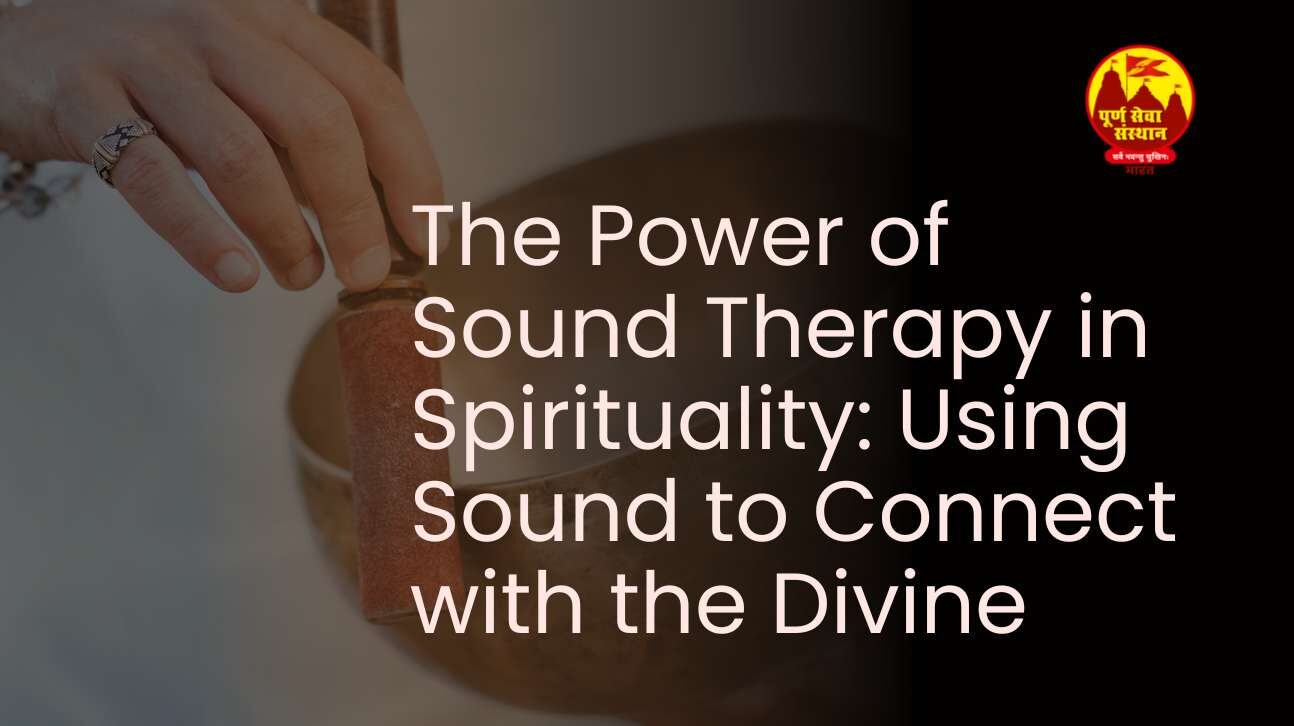Healing with Sound Therapy: A Hindu Approach to Combating Stress, Anxiety, and Depression
As the tempo of contemporary life accelerates, mental health concerns like stress, anxiety, and depression are becoming more common. Therefore, exploring effective and holistic techniques for maintaining mental wellness is essential. One such method, deeply ingrained in Hindu traditions, is sound therapy—a natural and calming approach to overcoming emotional and psychological challenges.
Sound Therapy: An Insight
Sound therapy is a healing practice that employs sound as its primary tool. This technique traced back to ancient Hindu traditions, uses musical instruments, the human voice, and even digital technology to create therapeutic vibrations. It’s a holistic approach to wellness, aligning perfectly with Hinduism’s fundamental principle of the connection between sound (vibration) and consciousness.
The Vedas, Hinduism’s oldest scriptures, assert that sound is the primal energy from which the universe emanates, highlighting the importance of sound therapy in this spiritual tradition.
The Power of Mantras and Chants in Hinduism
At the heart of Hindu sound therapy are mantras and chants. Like the well-known ‘Om,’ Mantras are short, phonetic utterances that generate specific vibrational patterns. Chants, often verses from sacred texts, perform a similar function on a larger scale.
These sacred and spiritually significant sounds resonate with our bodies, impacting our mental and emotional states. Modern research supports this ancient belief, suggesting that rhythmic sounds like chants or mantras can affect brain wave patterns, promoting relaxation and helping alleviate stress and anxiety.
Sound Therapy: A Natural Remedy
In line with ancient Hindu practices, sound therapy provides a holistic, non-invasive solution to stress, anxiety, and depression. The key to its effectiveness lies in its ability to foster balance and harmony within our minds and bodies. Sound therapy affects our autonomic nervous system—the system that governs our stress response—facilitating deep relaxation where healing can happen.
Benefits of Sound Therapy
The benefits of sound therapy are manifold. Regular engagement with sound therapy can enhance sleep, increase concentration, and improve emotional well-being. It fosters a profound sense of tranquillity and mindfulness, contributing to overall wellness.
Testimonials from individuals who have incorporated sound therapy into their routines bear witness to this practice’s transformative power. They report marked improvements in their mood and overall mental health.
Implementing Sound Therapy in Daily Life
Integrating sound therapy into your daily routine does not require drastic changes. You could begin by dedicating a few minutes daily to mantra meditation, using the ‘Om’ or ‘Aum’ mantra synced with your breath.
Moreover, you could use tools such as Tibetan singing bowls, bells, and gongs to deepen your sound therapy experience. These instruments produce resonant and calming tones, aiding in inducing a meditative state and promoting healing.
In conclusion, sound therapy—deeply rooted in Hindu traditions—offers a valuable, natural remedy for stress, anxiety, and depression. By leveraging the power of sound, we can achieve mental and emotional balance, promoting well-being in every aspect of our lives.
For those interested in exploring sound therapy further, a range of resources, including books, online courses, and workshops, are available. Starting this journey into sound therapy could be your key to a healthier, more harmonious life.
Poornseva Sansthan
Poornseva Sansthan is a non-profit organization based in India that operates on the principles of Sanatana Dharma, the eternal and timeless values central to Hindu philosophy. The NGO focuses on supporting everyone, regardless of their background, caste, or religion. With a commitment to serving society, Poornseva Sansthan stands as a shining beacon of unbiased assistance and support, embodying the true essence of compassion and unity embedded in the principles of Sanatana Dharma.




